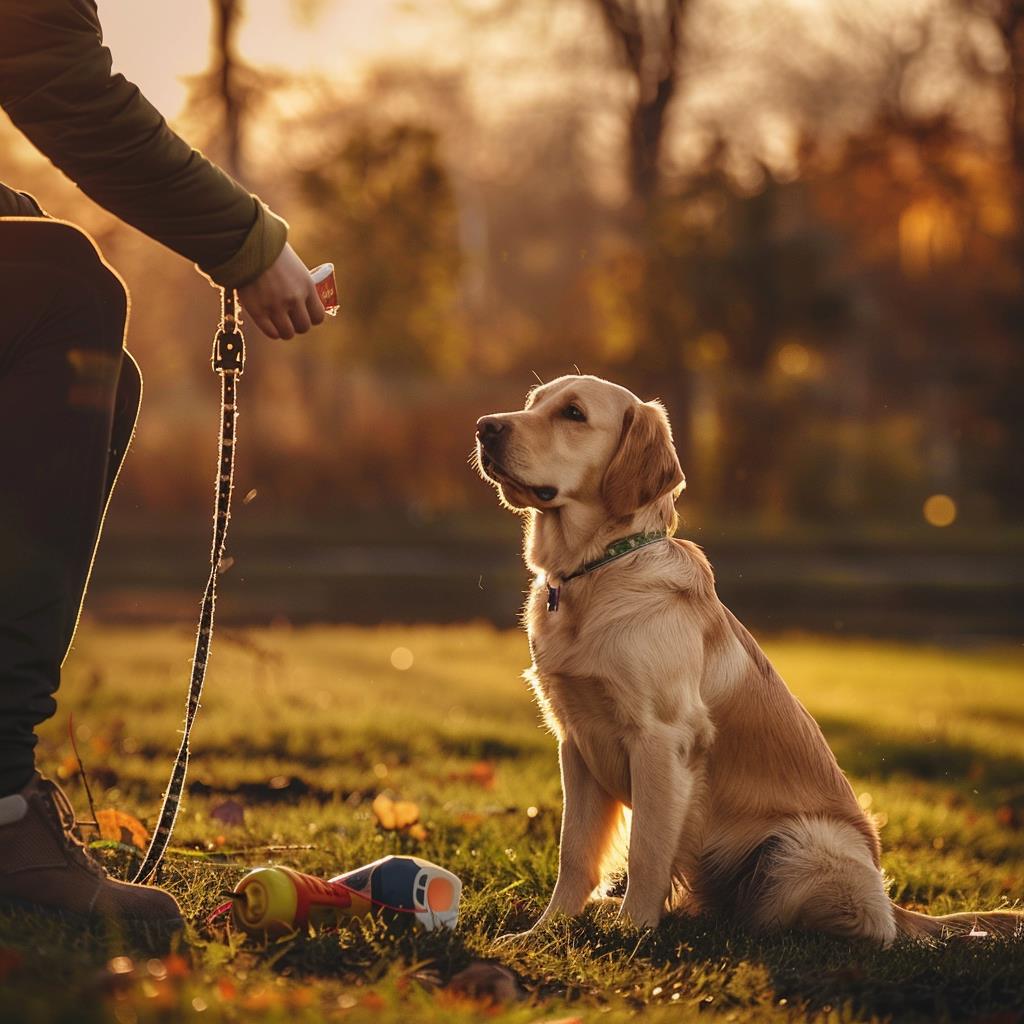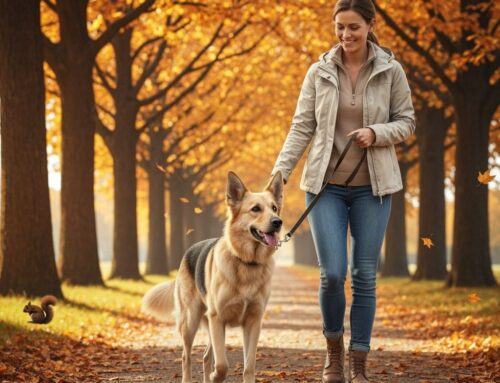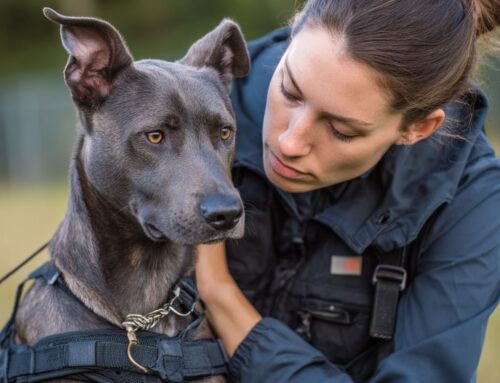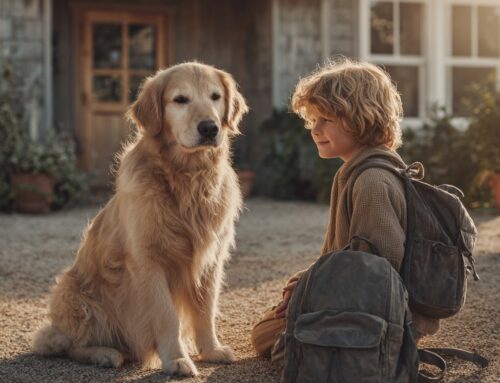Canine behavior training is a rewarding yet challenging journey that requires dedication, patience, and a deep understanding of your furry friend’s needs. Whether you’re welcoming a new puppy into your home or working on refining the dog behavior of your adult dog, the key to success lies in effective training techniques within your dog training. These five top tips for successful canine behavior training will help equip you with the knowledge and tools needed to foster a well-behaved and happy companion whether they have pet behavior problems or you’re just looking to do a little behavior modification training.
Consistency is Key
One of the fundamental principles of successful canine behavior training is consistency. Dogs are creatures of habit who thrive in environments with clear rules and expectations. Establishing a consistent routine helps your dog understand what is expected of them and reinforces positive animal behavior.
As dog owners and dog trainers, start by setting clear boundaries for your dog’s behavior. Whether it’s house rules, acceptable playtime behavior, or response to commands, consistency is crucial. If you allow your dog to engage in a behavior one day and reprimand and give negative punishment to them for the same action the next, confusion may set in. Dogs learn through repetition, so maintaining a consistent approach is paramount, especially if they exhibit some undesirable behavior or aggressive behavior.
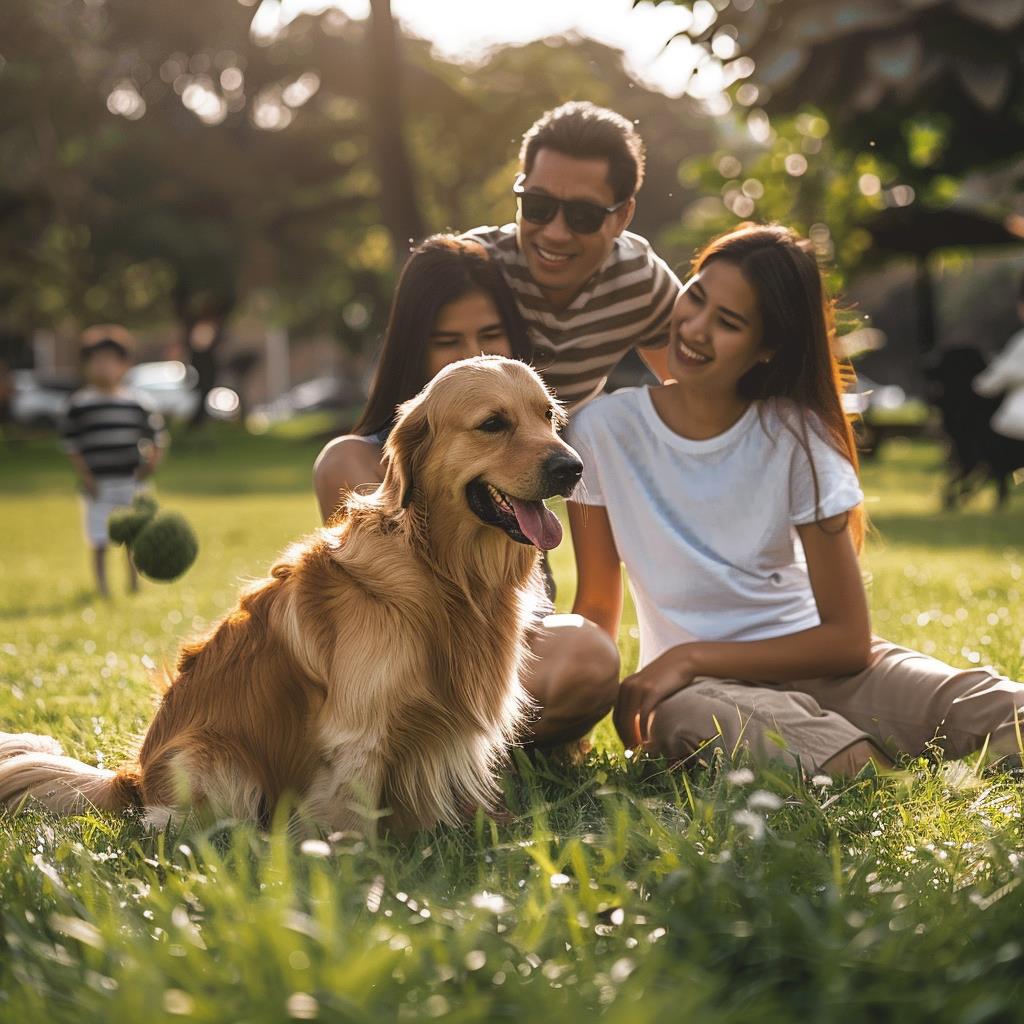
Consistency extends to the use of commands and cues. Use the same verbal and visual cues for specific behaviors, ensuring your dog associates the command with the desired action. For example, if you use the command “sit,” consistently use the same word and hand signal every time. This clarity aids in your dog’s comprehension and accelerates the learning process.
Consistency also applies to the entire household. Ensure that all family members and anyone interacting with your dog are on the same page regarding rules and commands. This unified approach among most dog owners reinforces the messages you’re trying to convey to your dog and minimizes confusion.
Understand Canine Body Language
Effective communication is at the heart of successful canine behavior training. Dogs communicate primarily through body language, and understanding their signals is crucial for adjusting your training methods accordingly. Recognizing signs of stress, compulsive behaviors, anxiety, or excitement allows you to tailor your approach to your dog’s emotional state.
When a dog feels threatened or uncomfortable, they may exhibit signs such as lowered ears, a tucked tail, or avoiding eye contact. On the other hand, a relaxed and happy dog may wag their tail, have a loose posture, and make eye contact with a soft expression.
During training sessions, pay close attention to your dog’s body language and address the behavior problem. If your dog seems stressed or disinterested, take a break and reassess the situation. Pushing a dog too hard can lead to resistance, fear, or even aggression. Always prioritize your dog’s well-being and adjust your training plan accordingly.
Positive reinforcement should be timed with the desired behavior. The reward or praise should occur immediately after the dog performs the action, reinforcing the connection between the behavior and the positive outcome. This timely reinforcement enhances your dog’s understanding of what is expected.
Positive Reinforcement
Positive reinforcement is a powerful tool in canine behavior training, promoting the repetition of desired behaviors through rewards and encouragement. This method focuses on praising or rewarding your dog when they exhibit the behavior you want, reinforcing the connection between the action and the positive outcome.
Reward-based training can include treats, verbal praise, affection, or playtime, depending on what motivates your dog. Timing is crucial in positive reinforcement. The reward should be given immediately after the desired behavior to ensure a clear association between the action and the positive consequence. Incorporate treats or toys that your dog finds particularly enticing. Experiment with different rewards to identify what resonates best with your canine companion. Varying the rewards keeps the training sessions interesting and prevents your dog from becoming bored or unresponsive.
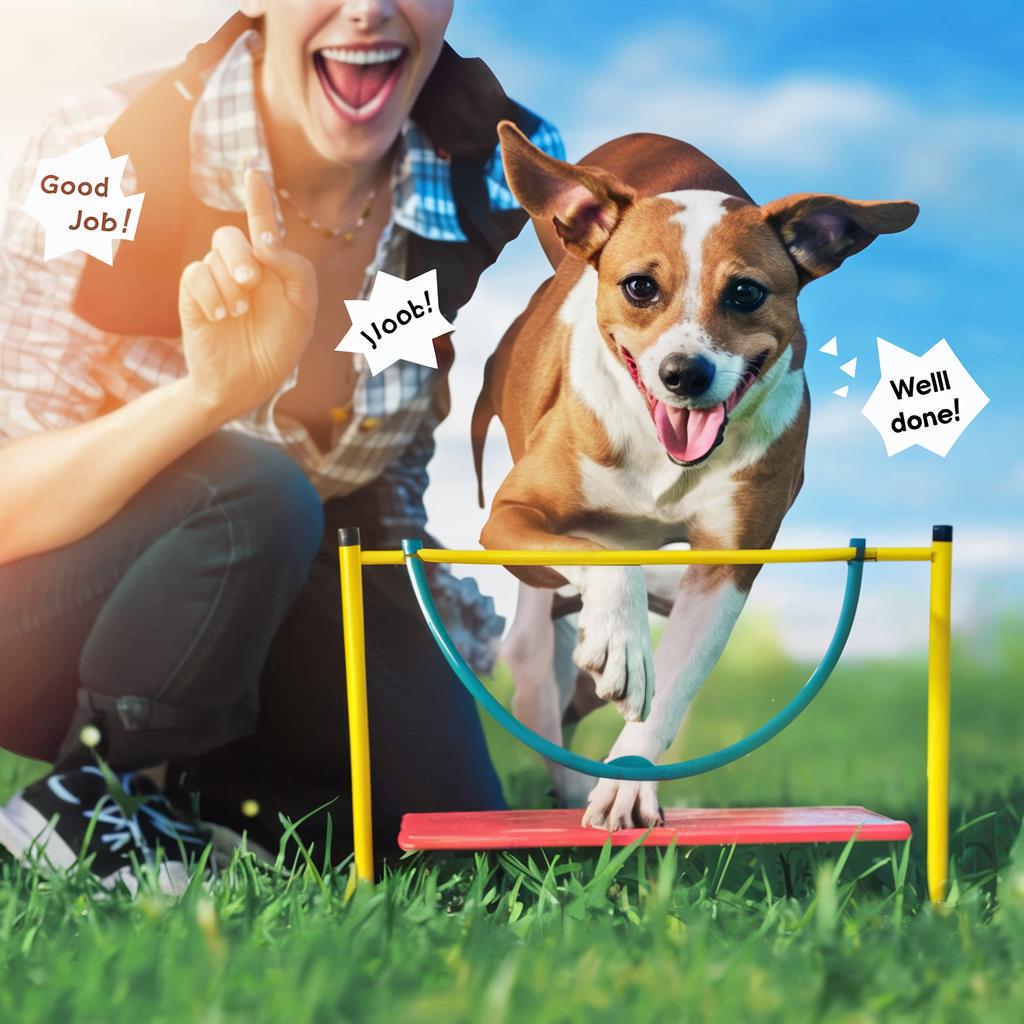
Consistency plays a role in positive reinforcement as well. Ensure that everyone involved in the training process understands and follows the same reward system. This uniformity enhances the effectiveness of positive reinforcement and accelerates your dog’s learning. And with positive reinforcement, you need to make sure your dog also has the basic training and understanding of the word no, so making sure you’re consistent and firm in your training will help your overall canine behavior training.
Short and Engaging Training Sessions
Dogs, especially puppies, have short attention spans. To maximize the effectiveness of your training sessions, keep them short, engaging, and frequent when doing at-home training. Aim for sessions lasting between 5 to 10 minutes, several times a day, depending on your dog’s age, breed, and individual temperament.
Short sessions prevent boredom and help maintain your dog’s focus on the task at hand. If you notice your dog becoming disinterested or distracted, it’s time to wrap up the session. Ending on a positive note, even if it’s a simple command your dog has mastered, reinforces the idea that training is enjoyable. Engage your dog’s mind by introducing new commands or challenges gradually. As your dog masters basic commands, you can gradually increase the difficulty of tasks. This keeps training sessions stimulating and prevents your dog from becoming bored or complacent.
Socialization is Crucial
Socialization is a vital aspect of canine behavior training, especially during a dog’s formative months. Exposing your dog to various environments, people, and other animals helps prevent fear, separation anxiety, and aggression issues later in life. Early socialization creates a confident and well-adjusted dog capable of navigating different situations with ease.
Introduce your dog to different people, including children, adults, and individuals wearing various clothing or accessories. Familiarize them with common household items, different surfaces, and various sounds. Gradually expose your dog to other animals in controlled environments, ensuring positive interactions.
Positive reinforcement plays a crucial role in socialization. Reward calm and appropriate behavior during social interactions, praising your dog for remaining composed in various situations. If your dog displays fear or anxiety, avoid comforting them excessively, as this can inadvertently reinforce the fearful behavior. Instead, redirect their focus with treats or toys and gradually increase exposure as they become more comfortable.
Regular socialization opportunities, such as doggy daycares or playdates with other dogs, contribute to a well-rounded and sociable pet. Keep in mind that socialization is an ongoing process, and exposing your dog to new experiences throughout their life helps maintain positive behavior.
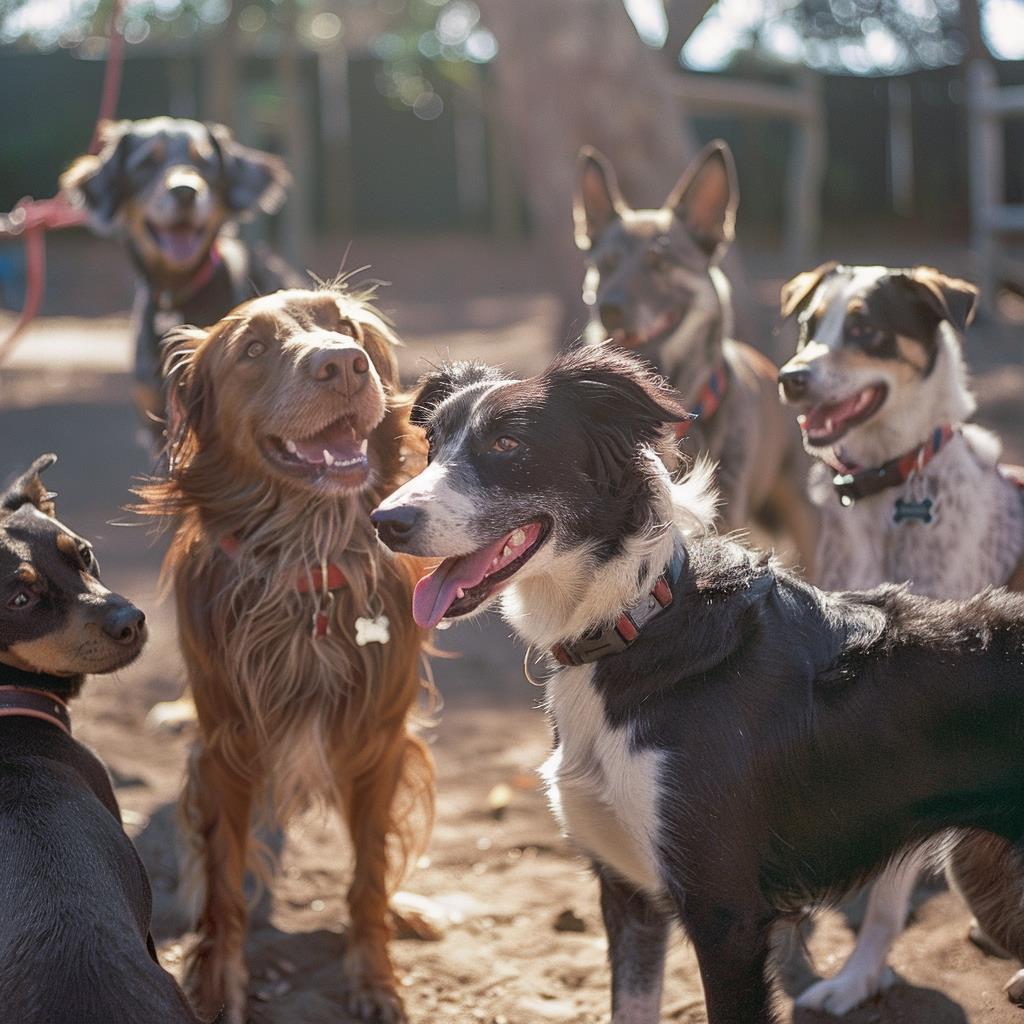
Getting the Best Behavior Modification Training
Successful canine behavior training is a journey that requires commitment, understanding, and a positive approach. By incorporating these five essential tips into your training routine, you can build a strong foundation for a well-behaved and happy dog. Consistency, positive reinforcement, short and engaging training sessions, understanding canine body language, and prioritizing socialization are key elements that contribute to a positive training experience for both you and your furry friend.
Remember that every dog is unique, and tailoring your approach to your dog’s individual personality and needs is essential. If you encounter challenges or have specific concerns, consulting with a professional dog trainer can provide personalized guidance to address your dog’s behavior effectively. With patience, consistency, and a focus on positive reinforcement, you’ll create a harmonious relationship with your canine companion built on trust and mutual understanding.
And successful canine behavior training comes in the best form of canine behavior consulting, and enlisting professional assistance from experts like Performance K9 Training can be invaluable. By integrating their expertise into your training regimen, you gain access to customized programs tailored to your dog’s unique needs. This partnership enhances your understanding of communication techniques and offers ongoing support, bolstering your efforts for long-term success. Embrace the opportunity to collaborate with the professional at Performance K9 Training, recognizing it as a proactive step toward nurturing a harmonious bond with your furry companion. Contact Performance K9 Training today for a free consultation to see if their basic behavior modification training program or advanced program is right for you and your dog training.



